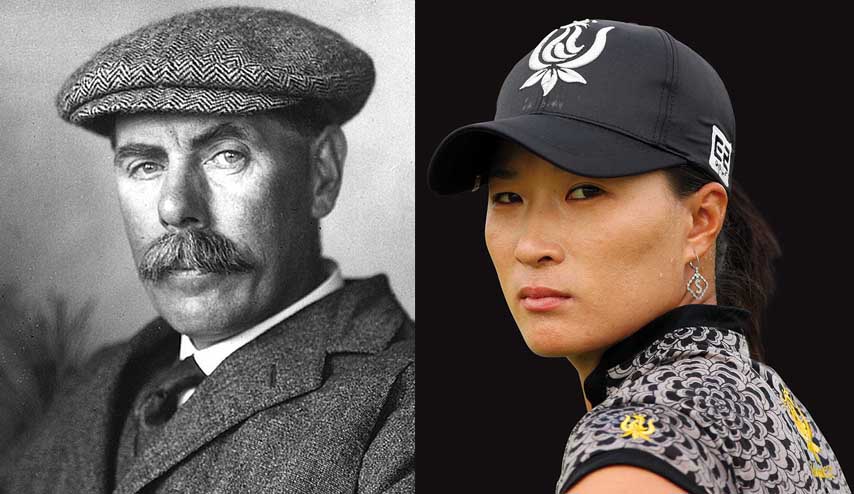With five Grand Slam titles each, James Braid and Se Ri Pak are eighth in the rankings of major championship winners.
Considered the finest golfer from Scotland, James Braid – together with Harry Vardon and J.H. Taylor – formed what was known as Britain’s “Great Triumvirate” at the start of the 20th century. Vardon won six British Open titles, while the other two members of the triumvirate collected five championship titles each.
Born on 6 February 1870, the son of a farmer from Earlsferry in Fife, James Braid could never count on the support of his parents in developing his golfing vocation. In fact, not only did they not support him when he began playing the game but they also remained opposed to that career choice the rest of their lives.
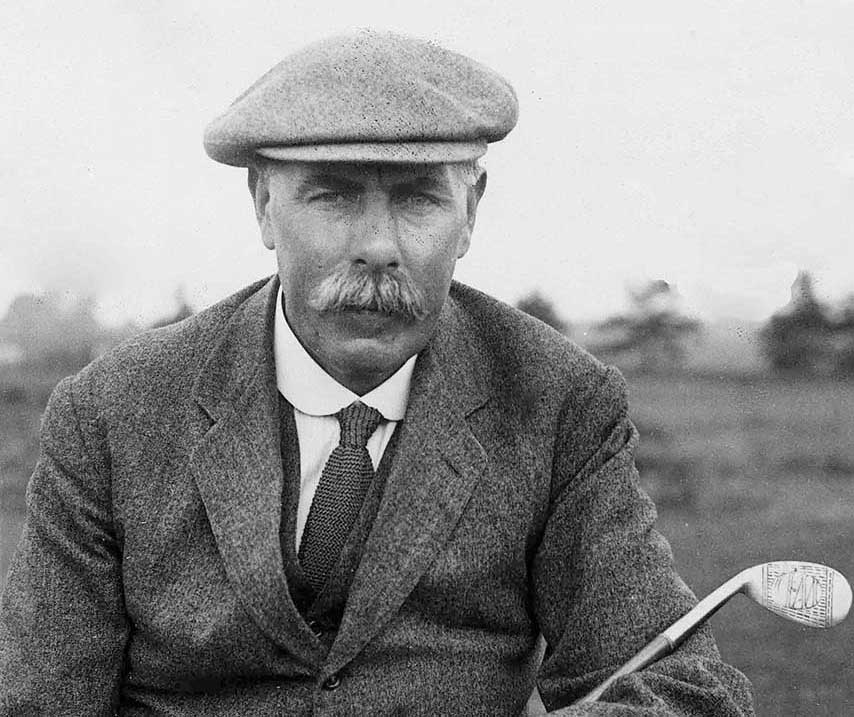
Braid took up the game that would give him fame and a living at an early age – winning his first local tournament at just eight. He complemented his interest in golf, as a player, with the manufacture of clubs – making a name for himself in 1893 in London. He turned professional in 1896, at 26, in Romford (Essex), and remained at the club for eight years. His game was characterised by powerful shot-making, with incredible drives, but also for a less than solid game on the greens. While Vardon and Taylor were winning British Open Championships, Braid was still struggling to take off because of his problems with the putter – and he also battled with his short game.
However, over time he became one of the game’s most accurate putters, as well as one of the longest hitters with a driver. He went on to hold the world record for the longest drive: 395 yards (361 metres) at Walton Health in 1905. One century later, very few golfers – now equipped with clubs and balls that could not even have been imagined in those days – have been able to top this amazing distance.
James changed his wood-headed putter for an aluminium one in 1900, and the change obviously suited him because the following year he won his first British Open and by 1910 had won four more Open titles – beating both Vardon and Taylor to the mark.
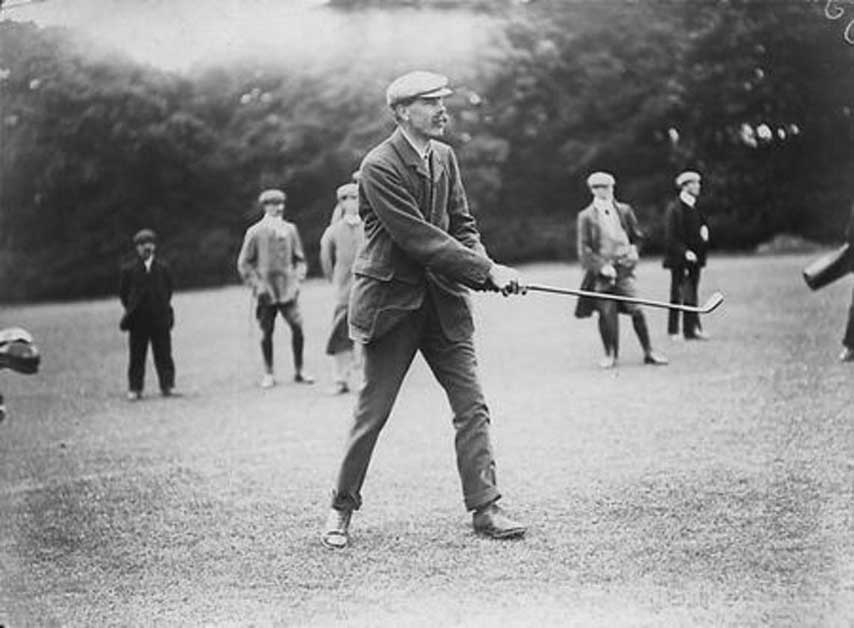
By 1911 he had also won the British Professional Match Play four times and one French Open. He retired from top competition in 1912 to take up the position of professional at Walton Heath – and stayed at the club until his death.
Braid’s great passion after his retirement from tournament play was designing golf courses, and it is estimated he designed or re-designed more than 200 in Great Britain. He limited his creative endeavours to his own country because he had an absolute fear of flying and travelling by boat – which meant he had to refuse numerous requests to design courses in the US. The courses he re-modelled include such renowned clubs as Carnoustie, Troon, Prestwick and Ballybunion.
Many of his best designs were created inland, away from the typical coastal links courses, and several featured the first known dog-legs. In fact, several designers credit Braid with being the “inventor” of the dog-leg.
Braid was one of the founders of the British PGA and also had the time to write a coaching book entitled “Advanced Golf”. He died in 1950, aged 80.
.
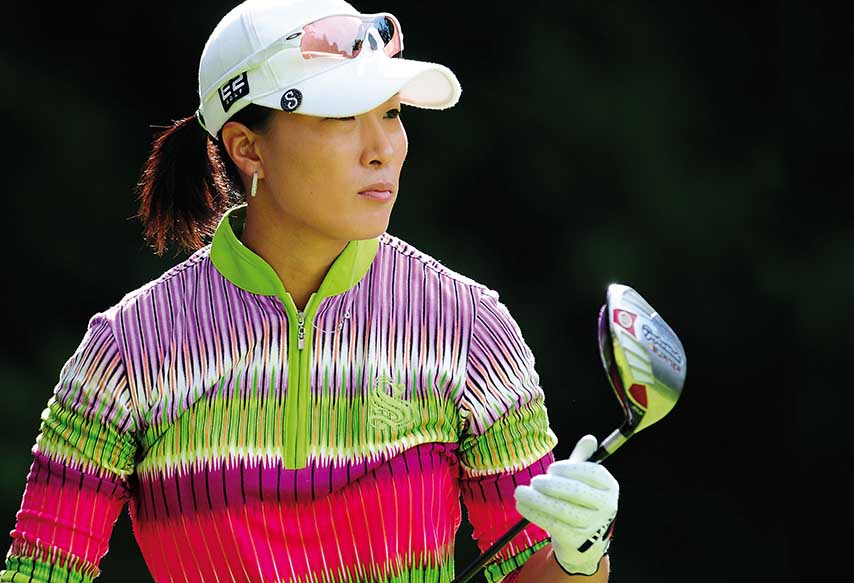
Pioneer Se Ri Pak
Se Ri Pak will always be remembered as one of golf’s most important pioneers. With her victory at the 1998 US Women’s Open, she inspired the wave of Korean women who have since swept over the top ranks of the LPGA.
Pak remains the standard. Indeed, when she qualified for the Hall of Fame at the age of 29 with 24 LPGA victories, including five major championships, she became the youngest person in history to be inducted (Young Tom Morris, who died at 24, was elected posthumously in 1975).
Pak’s most influential victory took place in 1998 at Blackwolf Run in Kohler, Wisconsin. Seemingly beaten when she hooked her drive into the water on the 72nd hole, Pak stood in knee-deep water to fashion a recovery back into the fairway, then wedged to three metres and made the putt to gain a play-off berth against amateur Jenny Chuasiriporn. The next day, Pak fell behind early but rallied late to tie after 18 holes. Finally, on the 21st hole, she made a six-metre birdie putt to become, at 20, the youngest US Women’s Open champion.
Pak also won the McDonald’s LPGA Championship that year, giving her LPGA Rookie of the Year honours and making her – together with Juli Inkster – one of only two women to win two majors in her first season.
Pak would go on to win two more LPGA Championships, as well as the 2001 Women’s British Open. She also won the 2003 Vare Trophy for lowest scoring average, the first Asian player to do so.
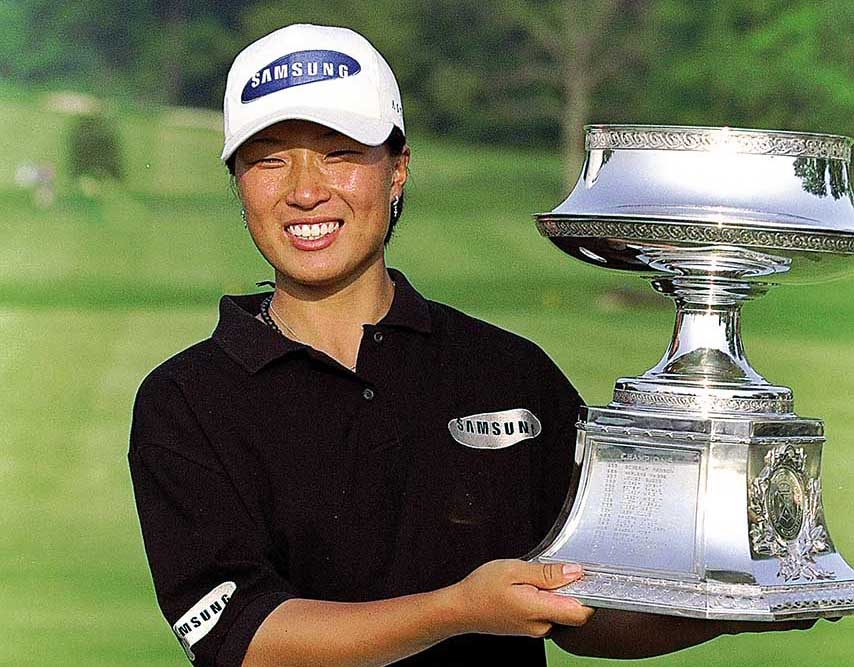
In 2007, she was victorious in the Jamie Farr Owens Corning Classic for the fifth time, to become only the third woman in LPGA history to win the same tournament five times. Her play-off record of 5-0 is an LPGA record for most wins without a loss.
Pak also competed in a men’s professional event at the 2003 SBS Super Tournament on the Korean Tour. She finished 10th, becoming the first woman to make the cut in a professional men’s event since Babe Didrickson Zaharias did so in 1945.
Pak was born on 28 September 1977 in Taejon, South Korea. Blessed with powerful legs, she was a track star before being introduced to golf at 14 by her father, a former professional baseball player in Korea and a demanding taskmaster. The regimen he designed for his daughter included runs to the top of their high-rise apartment building through the stairwell and working out without shoes in the snow.
As an amateur, the teenage Pak won 30 tournaments. After turning professional in 1996, she won six of 14 tournaments on the Korean LPGA tour, finishing second in seven others. In her first six seasons on the LPGA Tour, Pak finished second on the money list four times and was third once.
Despite all the rigour she endured, Pak has always been known for her bright smile and friendly disposition. However, the imposed stress of her journey and the pressure of carrying South Korean hopes took its toll. In late 1999, she was hospitalised for exhaustion.
In 2005, Pak completely lost her game, her best finish a tie for 27th. Injuries played a role, but the root cause was burn-out from a life she said “needed balance”.
Pak regrouped and came back strongly, winning the 2006 McDonald’s LPGA Championship in a play-off with Karrie Webb for her fifth major.
A national hero in Korea, where children’s books are written about her, Pak is proud of being the trailblazer dozens of Koreans have followed to the LPGA.
“I’ve given them the confidence to come out here,” she said. “I think of them like my sisters.”



